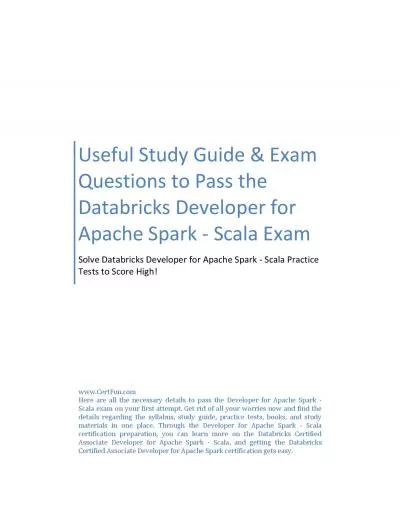PPT-Religion Spark Reform
Author : celsa-spraggs | Published Date : 2016-12-07
Chapter 81 US religious movement after 1790 Rejected 18 th century belief that God predetermined if a person would go to heaven or hell Individual responsibility
Presentation Embed Code
Download Presentation
Download Presentation The PPT/PDF document "Religion Spark Reform" is the property of its rightful owner. Permission is granted to download and print the materials on this website for personal, non-commercial use only, and to display it on your personal computer provided you do not modify the materials and that you retain all copyright notices contained in the materials. By downloading content from our website, you accept the terms of this agreement.
Religion Spark Reform: Transcript
Download Rules Of Document
"Religion Spark Reform"The content belongs to its owner. You may download and print it for personal use, without modification, and keep all copyright notices. By downloading, you agree to these terms.
Related Documents

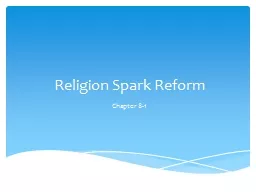
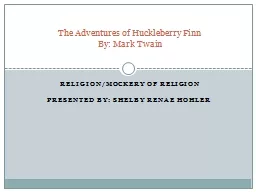

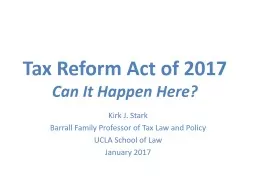
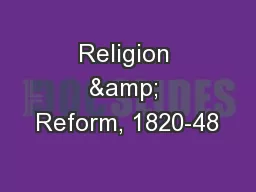

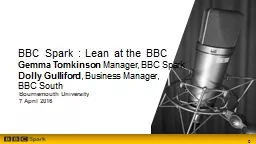
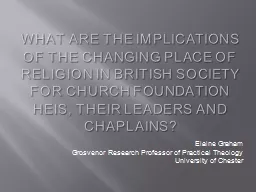

![[FREE]-Beginning Apache Spark 2: With Resilient Distributed Datasets, Spark SQL, Structured](https://thumbs.docslides.com/973100/free-beginning-apache-spark-2-with-resilient-distributed-datasets-spark-sql-structured-streaming-and-spark-machine-learning-library.jpg)


